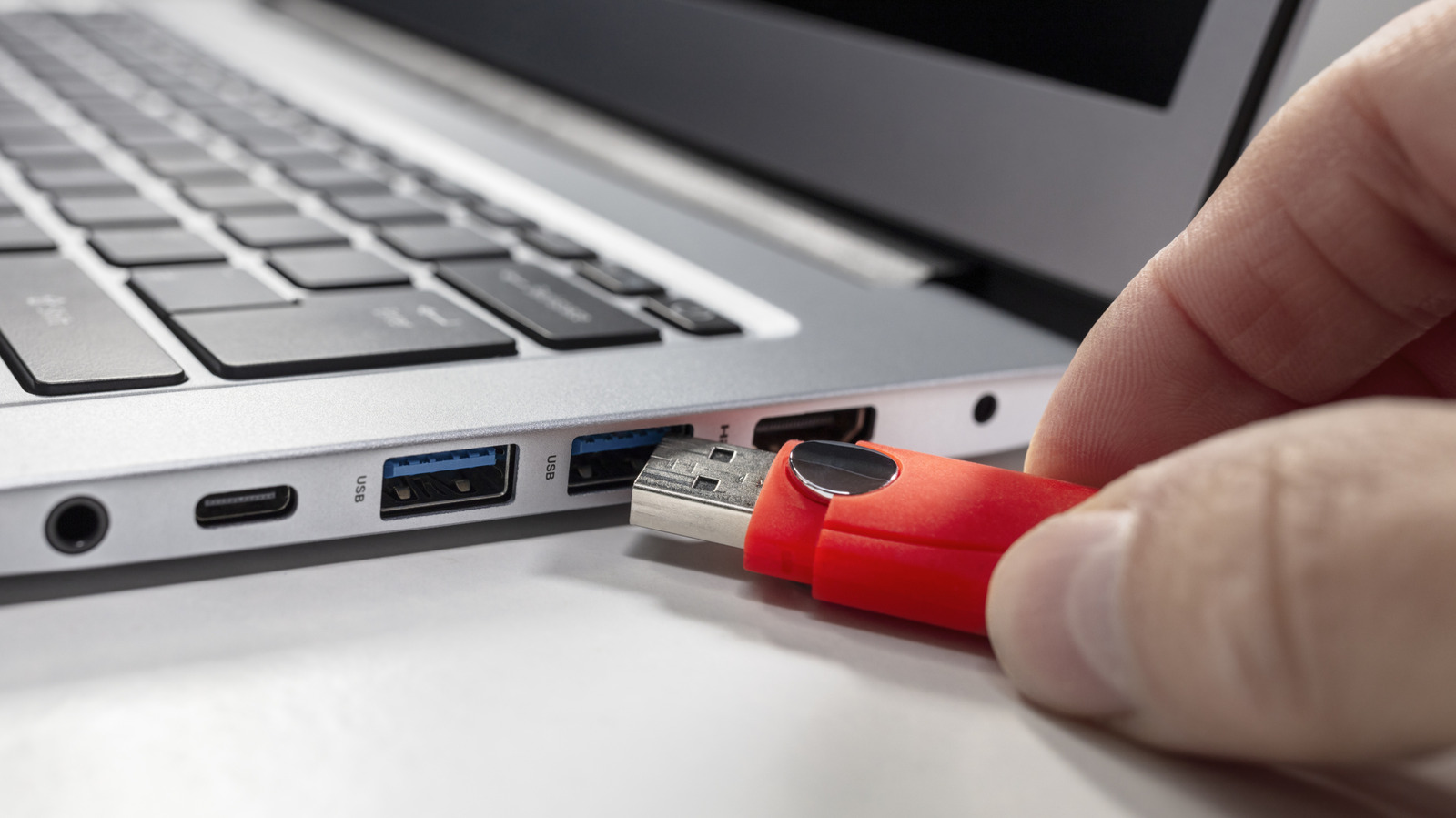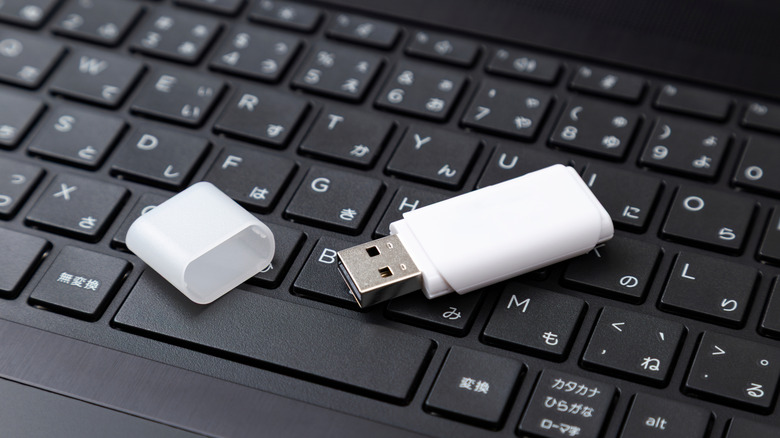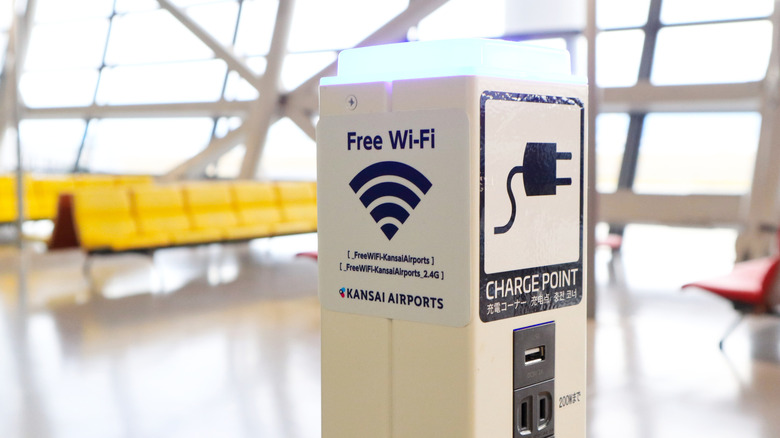We may receive a commission on purchases made from links.
The USB ports on modern laptops are versatile interfaces that you can use to connect a multitude of devices. While these ports were once limited to connecting basic peripherals, the modern USB interface has evolved into a significantly more sophisticated technology that can handle everything from ultra-fast data transfers to high power delivery.
As a result, we frequently use USB ports on our laptops to attach chargers, external storage drives, headphones, keyboards, mice, webcams, and a variety of other gadgets. Sure, the capabilities of a USB port can differ based on which USB generation it supports and whether it’s using the Type-A or Type-C connector. However, there are also optional technologies like DisplayPort (DP) Alt Mode and Thunderbolt that can take a USB port to the next level, allowing video output to external displays, connection of external GPUs, and support for daisy-chaining a host of devices.
So, while all these impressive capabilities can make it seem like you can connect pretty much anything that has a USB connector into your laptop, there are some things that you should never insert into your laptop’s USB ports to ensure it remains safe and secure.
Unknown USB flash drives
Random USB flash drives that you found somewhere, probably lying in a parking lot or on a table in a café, are a significant security risk, and you should never plug them into your laptop, even out of curiosity. You never know what’s present on that USB drive and it could just be an innocuous drive that someone accidentally dropped, or it could be an intentionally placed drive, meant to install malicious software, such as malware or ransomware, on a victim’s computer.
A USB drop attack is a social engineering tactic in which a malicious party hopes that someone would pick their infected thumb drive and plug that into their computer. Attackers have even started mailing USB drives to unsuspecting victims. While regular folks are unlikely to come across such mailed flash drives, as these attacks are often used in a targeted campaign, it’s still a good idea to dispose of any drives you get in a package, which weren’t ordered by you.
Public charging cables
Cafes, malls, and airports are some of the public spaces that often have public charging stations with built-in USB cables or ports to top up your gadgets easily. However, it’s best to avoid plugging any public USB charging cables directly into your laptop or using a public port to connect your own cable. While not as common, these public charging stations are juicy targets for bad actors to use for nefarious purposes. They can infect the cables or the port to deliver a malware load onto your laptop while charging. The FBI and TSA have also warned against using free public charging stations.
Avoid using free charging stations in airports, hotels or shopping centers. Bad actors have figured out ways to use public USB ports to introduce malware and monitoring software onto devices. Carry your own charger and USB cord and use an electrical outlet instead. pic.twitter.com/9T62SYen9T
— FBI Denver (@FBIDenver) April 6, 2023
The safest option is to plug in your laptop’s AC adapter to an outlet available on the charging station and then use your own cable for charging. You can also juice up your power bank and use that to charge your laptop. Another alternative is to buy a secure charging adapter or cable, such as the data blocker cable from Startech.com or the Offgrid USB Data Blocker, which lack data pins and can only transfer power, therefore eliminating any potential data connection for malware transfer when you have it connected to a public USB charging port.
USB gadgets from no-name brands
There is no shortage of cool and quirky USB accessories and gadgets on the internet, such as USB lights, fans, and coffee warmers. These gadgets are often manufactured and sold by not-so-popular and no-name brands, which puts their quality and trustworthiness into question. So, even if you are enticed by a unique USB accessory on Amazon, plugging it into your laptop can have unintended consequences.
While there is relatively less risk of them supplying malware to your laptop than a random USB drive, it’s not completely out of the question. They can also have poor electricals, which can potentially damage your laptop’s USB ports or the entire motherboard because of overheating or a power surge, similar to how a USB Kill Stick can fry your hardware.
So, it’s best to stick to reputable and trusted brands when purchasing USB accessories or at least perform a deep dive into the buyer reviews for such accessories to ensure that there have never been any mishaps.











